Barley straw appears effective in combating algae blooms at Nashawannuck Pond
| Published: 10-06-2022 8:59 PM |
EASTHAMPTON — A several-month experiment aimed at reducing the growth of algae blooms at Nashawannuck Pond appears to be working and will be used again next year, according to officials with the pond’s steering committee.
Since April, nearly 100 onion bags stuffed with barley straw have been decomposing at several sites along the shoreline of Nashawannuck Pond with the hope of combating algae blooms, some of which contain aquatic microscopic single-celled organisms called cyanobacteria, also known as blue-green algae. Toxic cyanobacteria blooms can cause chronic and acute health hazards to plants, animals and people.
“We feel that the results are quite encouraging and support the hypothesis that the barley straw protocol we deployed was effective in minimizing algae growth in general and cyanobacteria growth in particular,” said Dr. R. Allison Ryan, a retired physician and neurologist from Florence who brought the barley straw idea to the Nashawannuck Pond Steering Committee last spring.
In the last four to five years, Ryan discovered that algae blooms have been found in the same locations as invasive water chestnut infestations.
As a longtime volunteer in the efforts to quell water chestnuts in the Valley, Ryan said she contacted the committee after becoming concerned about the adverse health and ecological effects of toxic cyanobacteria blooms.
The use of barley straw isn’t a new concept. It became popular in Europe in the 1990s and has been gradually gaining a foothold in the U.S.
While every body of water is different, research has shown that the material has had no harmful effects on wildlife or water. Although barley straw does not kill cyanobacteria, studies have shown that it prevents the blooms from forming.
As it decomposes, the barley straw releases a hydrogen peroxide-like material that does not disrupt the eco-balance of the water body, according to Paul A. Nowak, chairman of Nashawannuck Pond Steering Committee.
Article continues after...
Yesterday's Most Read Articles
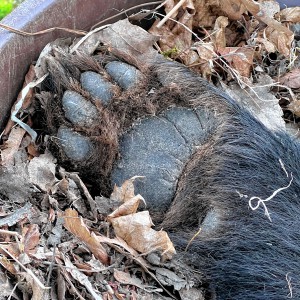 Holyoke man finds bear paw in his yard
Holyoke man finds bear paw in his yard
 Boyfriend accused in slaying of Hampden sheriff’s assistant, former legislator’s top aide
Boyfriend accused in slaying of Hampden sheriff’s assistant, former legislator’s top aide
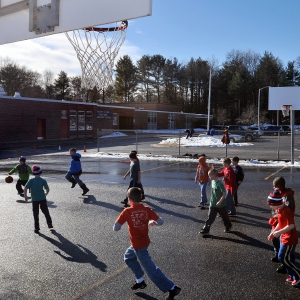 Three finalists named for Ryan Road School principal in Northampton
Three finalists named for Ryan Road School principal in Northampton
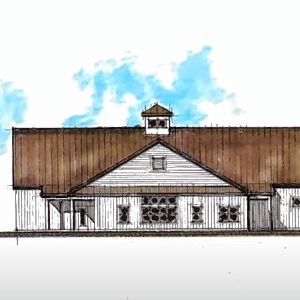 Developer pitches new commercial building on Route 9 in Hadley
Developer pitches new commercial building on Route 9 in Hadley
 Two men dump milk, orange juice over themselves at Amherst convenience store
Two men dump milk, orange juice over themselves at Amherst convenience store
 Sadiq to leave Amherst middle school principal role
Sadiq to leave Amherst middle school principal role
On April 23, 15 volunteers split 10 bales of the barley straw inside the 100 onion bags, according to Ryan. Each bag also contained two empty 2-liter plastic bottles to help the bags float on the water.
Once the bags were filled, they were carried to the pond by two boats, where five to six bags were tethered to 6-foot heavy garden stakes, which were tapped into the ground at several locations about 4 to 6 feet offshore.
Over the past few months, monthly progress has been monitored visually and photographically, and through microscopic analyses of serial water samples for total cells and cyanobacteria, Ryan said.
“We concurred that water clarity in the sections targeted by the barley straw was unusually good. It is reasonable to attribute this to barley straw suppressing growth of certain types of algae and cyanobacteria,” she said.
Impressions of water clarity and extent of any forms of vegetation, including algae, cyanobacteria, duckweed, watermeal and various macrophytes were also noted. As Ryan expected, barley straw had no significant impact on the extent of duckweed, watermeal, and larger aquatic plants.
Nowak said that based on the data collected, the result of the barley experiment was advantageous.
“In fact, the water clarity in southern shallower zones were remarkably clear even after some strong hot days in July,” he said.
All three sampling sites at Nashawannuck Pond showed very low total cell counts and essentially no evidence of cyanobacteria growth, said Ryan. In contrast, samples from Great Pond in Hatfield and Triangle Pond in Northampton — which were not treated with barley straw — showed much higher cell counts as well as evidence of significant cyanobacteria blooms, she added.
Although the bags frayed a bit through months of weathering, they remain tethered and close to the surface. Ryan also noted that no foul odors from the decaying straw was detected.
“We are quite encouraged about the project, although, of course, there is so much variability in when, where, and which species bloom in any given season that we cannot claim definitive success attributable to our intervention on the basis of a single trial,” she said.
The onion bags will soon be collected and removed from the pond for the season.
Next year, Ryan, the committee and other consultants on the project plan on expanding the targeted area to disperse additional bags of barley straw. Ryan estimated that there would likely be between three and four additional deployment sites located upstream from this year’s sites.
“We also hope to expand our testing capacity to include more rapid screening assays for cyanobacteria with results available within a few minutes,” she said.
Emily Thurlow can be reached at ethurlow@gazettenet.com.
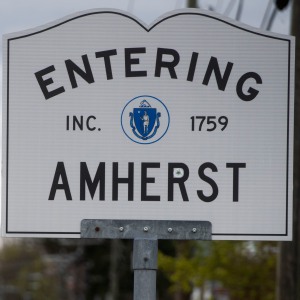 Intermittent rail trail closures expected in Amherst, Belchertown
Intermittent rail trail closures expected in Amherst, Belchertown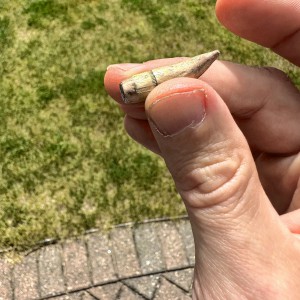 Fearful Belchertown residents blame stray bullets on nearby gun club, appeal to town for help
Fearful Belchertown residents blame stray bullets on nearby gun club, appeal to town for help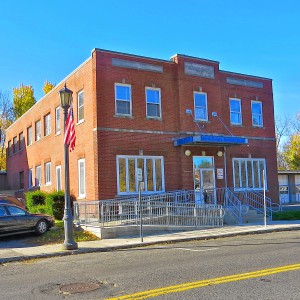 State: South Hadley’s fiber-optic revenues not public records
State: South Hadley’s fiber-optic revenues not public records  New federal mandate requires informed consent for sensitive exams
New federal mandate requires informed consent for sensitive exams
